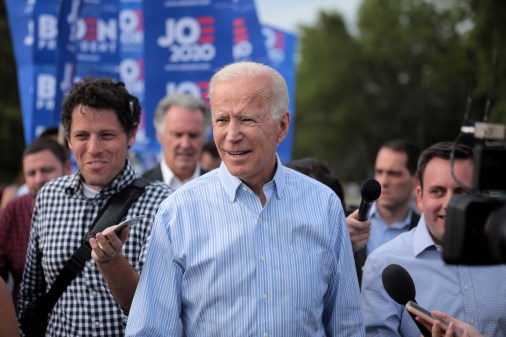‘In-out-in’ model could be answer to defense workforce shortages, experts say

Sometimes, it’s OK to let go.
A model for retaining government talent by training young professionals and then letting them go to the private sector could be the answer for workforce shortages, according to some experts — that is if the government can work with the private sector to bring them back.
The idea, dubbed “in out in,” is to train young professionals in specific skills, like cybersecurity, in exchange for a multi-year commitment to stay in government before leaving for the private sector. That is where government service usually ends. The catch is leveraging private sector companies to send employees back to the public sector for additional years of service.
After returning from the private sector, “they have been now exposed to those specific capabilities which are in demand,” Tucker Bailey, a partner and cybersecurity practice leader at McKinsey & Company, said Friday at an Aspen Security Forum panel.
Bailey brought up the idea during a discussion on innovation in national security and defense technology. The challenge for retaining a skilled workforce is central to remaining secure in a world where “it is going to be ones and zeros that win wars,” said Alan Estevez, a national security specialist at Deloitte, who introduced the panel.
A public-private partnership could benefit both the government and private industry, the panelists said. Mike Brown, director of the Defense Innovation Unit, said that economic growth is the key to national security.
“National security follows economic security and prosperity,” Brown said.
The defining threat to the U.S., Brown said, is the rise of China both economically and militarily. The U.S. needs a strong and ready military workforce along with a robust private sector that is generating economic growth to meet that challenge, he said.
The concept of public-private partnerships for workforce retention is not new. The intelligence authorization act greenlighted similar programs that could rotate employees across sectors.
The federal government’s pitch to recruit top talent has long been the offer of providing a sense of mission through its work. But that is shifting. Private companies that work to secure banking and utility companies can also provide that sense of service to the nation, Bailey said. Without that pure advantage, the government will need to figure out ways to get employees in and out of the private sector to retain them longterm.




